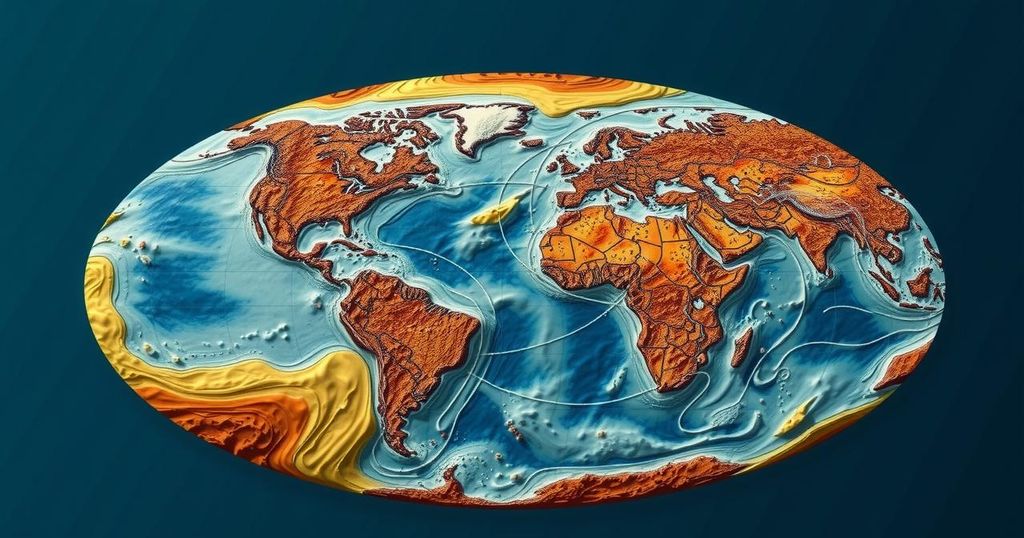Modeling Study Reveals the Ancient Origins of the El Niño Oscillation

A modeling study conducted by researchers at Duke University reveals that the El Niño Southern Oscillation has been an active climate force for at least 250 million years, exhibiting even greater intensity than current events. The research, published in the “Proceedings of the National Academy of Sciences,” highlights the importance of factors such as ocean temperature and wind dynamics.
Recent modeling research from Duke University suggests that the El Niño Southern Oscillation (ENSO), a significant climatic event characterized by the warming of ocean waters in the tropical Pacific, has been active for at least 250 million years. This oscillation, including its counterpart La Niña, has historically been more pronounced than contemporary instances. The study’s findings, published on October 21 in the “Proceedings of the National Academy of Sciences,” indicate that these climatic fluctuations occurred even when the continents were positioned differently than they are today.
The El Niño event is vital for understanding global weather patterns, due to its ability to significantly alter precipitation and temperature. Researchers utilized advanced climate modeling techniques, similar to those employed by the Intergovernmental Panel on Climate Change (IPCC), to investigate past climate conditions, rather than future projections. By tracking changes across 10-million-year slices, they uncovered a historical perspective on ENSO, revealing the influences of variables such as ocean thermal structure and atmospheric conditions on the oscillation’s intensity.
In summary, the study emphasizes the long-standing presence and greater intensity of the El Niño phenomenon throughout geological history compared to the present day. Understanding these ancient climate dynamics is crucial for projecting future climatic scenarios, particularly concerning ocean-atmosphere interactions.
Original Source: phys.org






